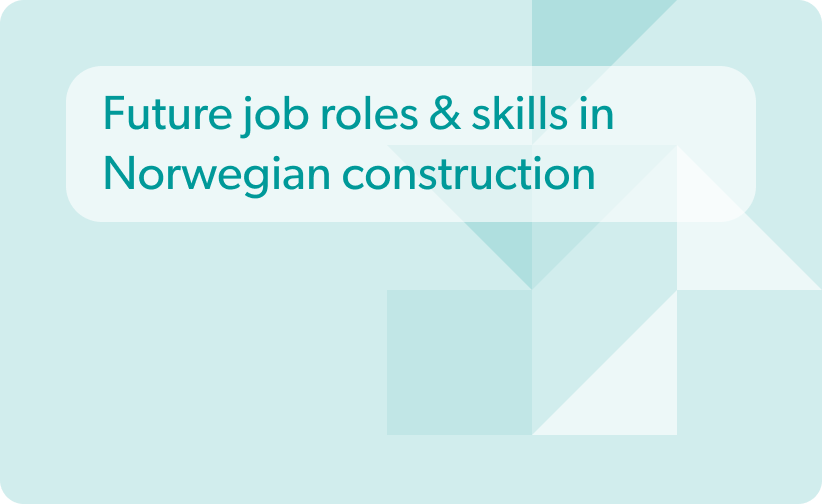A guide to the internal recruiting process with proven tips
A survey by Gartner reveals that only 27% of employees can easily discover job opportunities their company offers. Companies fail to get enough incoming CVs from their employees and have a steady influx of candidates in the talent pipeline.
But there are other factors that may harm your internal recruitment process. If you want to use your talent acquisition channel to the fullest, read further to discover workable methods of hiring internally.
Why hiring internally sometimes doesn’t work: key factors
Often, companies overlook the possibilities of internal hiring unintentionally, creating work environments that discourage people from applying for internal jobs. For example, among the common factors that negatively affect internal hiring are:
- A hierarchical structure. A stiff structure that doesn’t allow people to grow professionally and take leadership roles is unlikely to create a positive environment for internal hires.
- Resistance from management. Managers can resist hiring internally simply because they want to retain people within their teams and departments. Therefore, the task of the HR department is to come up with mechanisms to eliminate managers’ resistance and bias.
- Lack of information. If your internal hiring is based on word of mouth and personal recommendations from immediate supervisors, you may lose a significant share of incoming applicants. Revise your policies on informing employees about emerging job positions to gain a wider pool of candidates.
- Lack of HR best practices. Chaotic HR management won’t support internal hiring. Make sure you implement best practices such as succession planning, workforce upskilling, and talent mobility to supply your internal talent pipeline.
Learn more about pros and cons of hiring internally and externally in our previous blog post.
1. Communicate about internal hiring opportunities
More than 80% of US respondents believe that communication builds trust with employees. In the context of internal hiring, proper communication can build a safe environment, eliminate competition among employees, and encourage higher response rates. Here’s how you can communicate your internal hiring opportunities:
- Share success stories of fellow colleagues. Highlight the positive experiences of internal hires and let people follow their lead.
- Explain the terms. Employees might be afraid to apply since they don’t want their managers to find out. An HR manager’s task is to set clear rules and explain that internal hiring has nothing to do with punishment or discrimination in the workplace.
- Start with smaller units. Before you announce a job opportunity at a company-wide level, consider announcements within teams and departments so people can apply when competition isn’t that high.
2. Build internal hiring workflows
Many companies try to apply external hiring practices to internal hiring: they create job boards (but company-wide), encourage employees to send their CVs, and build similar talent pipelines. However, such a workflow won’t allow you to make the most of hiring internally.
Practices such as employee assessments help you keep an up-to-date database of people ready to get transferred to a new job role or people who can potentially take on a new role soon. You can gain valuable workforce insights with tools like employee performance reviews and 360-degree assessments.
Pay attention to employee development activities. An employee’s initiative and willingness to step into a new job role is great, but does the employee have enough skills to perform in that role successfully? To prevent undesirable situations, use employee development tools like a competency matrix to plan skills for each job role in advance.
3. Ensure you’ve got enough quality internal candidates
Succession planning helps you constantly replenish the talent pipeline with qualified candidates. Since it allows you to identify potential candidates for a specific job role in advance, you can rest assured that when the time comes, you can fill the position without any trouble.
Alternatively, you can develop a continuous learning culture and workforce upskilling to create a wide talent pool with people ready to fill versatile positions, not just specific ones as with succession planning. It’s important to keep a database of internal talents so you can track candidates’ knowledge, skills, practical experience, and strengths in a specific area.
The current state of succession planning
Get an overview of succession planning best practices and see the latest trends impacting this HR process.
4. Outline candidate selection criteria
Clear criteria for candidate selection help you eliminate speculation and frustration among candidates that weren’t selected for the role. Moreover, highly qualified talents will compete, so a clear recruitment process will leave room for further employee development and the possibility of filling the role eventually.
- Put a hiring workflow in place. This could be a regular combination of a test task and an interview or even a more complicated process with a cover letter, performance reviews, and so on. You can mix and change the steps for a particular position, but stick to the rule of transparency.
- Eliminate bias. When hiring internally, consider not only past performance but also leadership potential and a candidate’s ability to succeed in the particular role. Job profiles and competency checks help you set clear criteria for hiring candidates and eliminate the need to stick to your gut feeling or personal referrals.
- Inform managers. Team leaders and managers are often left behind since they’re not direct participants in the hiring process. However, they’re also involved since they’re the people that are directly interested in keeping their employees within their teams. In order not to impede internal mobility, set communication rules with managers. Determine whether employees should inform their team supervisors, what the notice period should be, and so on.
5. Don’t leave employees behind
A filled position is a relief for an HR manager and a team leader. But what about candidates that fail to get hired?
Gerrid Smith, Chief Marketing Officer at Joy Organics, says “not everyone who applies for an internal job post is qualified or a suitable fit for that role. A basic copy-pasted rejection email isn’t going to cut it if you want to let unsuccessful internal candidates down easily and keep them motivated.”
A rule of thumb is not to divide hiring internally and externally: they’re parts of the same process. Therefore, put your candidate experience first, just as with external hiring. Provide constructive feedback and a roadmap to getting the desired position, such as by devising a personal development plan. Explain that promoting to a new position isn’t a way to recognize the employee’s accomplishments. Consider alternative methods such as mentorship, employee recognition programs, and rotations between positions to keep your team spirit high.
Stay up to date with our newsletter
Every month, we’ll send you a curated newsletter with our updates and the latest industry news.



























 info@hrforecast.de
info@hrforecast.de
 +49 89 215384810
+49 89 215384810






